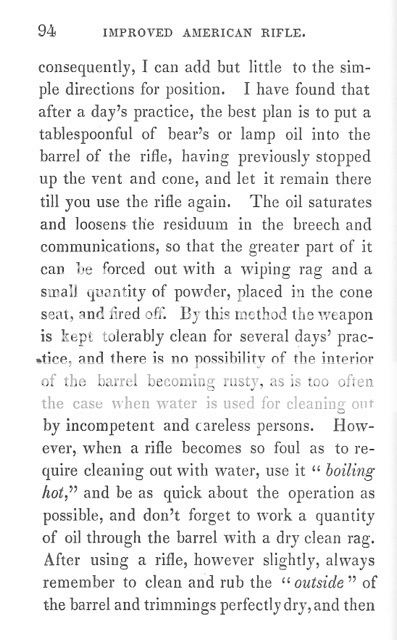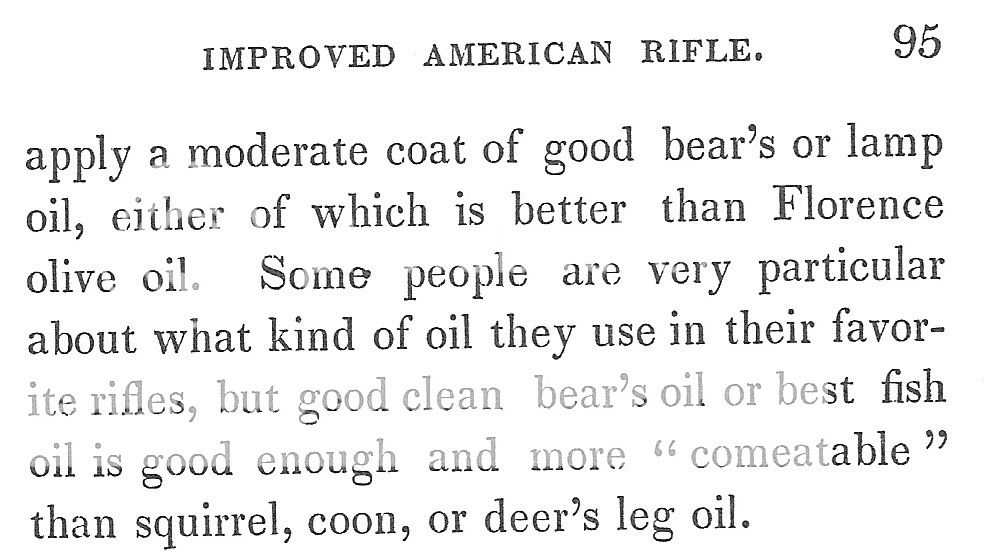Thanks for sharing this letter with our community.I think that the reference to the ball puller suggest that firearms were not cleaned after use as we do today.Once after discharging the weapon it was reloaded until needed again.I am sure that they did not waste the powder and ball just so it could be cleaned.I also believe that the quality of gun powder varied to a great extent.Even today with all of our knowledge the batches are different.The silver wire inlay was probably was more of a whim of the builder than the buyer.
How thorough the cleaning was would be dependent on situation I suspect.
For the hunter out in the woods a shot can bring trouble so loading right away is a good idea.
The rifle might not be cleaned until the owner felt secure. ?
Also they were cleaned, I have read, with tallow on tow. They also did not seem to have tight fitting patch holders. The narrow grooves found on some original rifles would simply not be cleaned in this way or even with Bear/ Sperm Whale or other oils oil which are mentioned at least in the 19th century.
Then we have this from the 1840s


How does this work?
BP fouling, if cut off from moisture and air, it becomes virtually inert. However, the purity of ingredients can effect this and lack of pure ingredients can make the powder fouling more aggressive.
With the fouling of GOOD BP this would be a reasonable way to prevent rust.
He mentions cleaning with water when it becomes too foul.
The oils he advocates for storage would not work in a frontier situation where having the gun serviceable is paramount.
So we get into speculation and questions.
I have not tried it but its possible that a quick wipe with tallow followed by a dry piece of tow and a feather to clear the vent may have protected the bore and allowed loading without compromise. But I would not like to bet my life on it.
Leaving fouling in the bore in damp areas leads to the fouling sucking up water. This can wet the powder.
Would a wipe with tallow as above prevent the powder fouling from becoming wet?
I no longer live in an area with high humidity so testing would be difficult for me test this except in the rain.
This is another interesting topic in the actual use of the rifle.
I really don't know how the person who needed to keep his rifle ready did so. Modern experience shows that fouling is bad, turning to goo in high humidity. Carefully cleaning with water or oil out in the woods could get you killed.
Perhaps cleaning the vent with a feather and then wiping the pan worked well enough?
Dan

